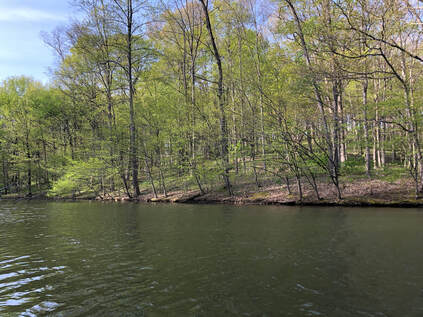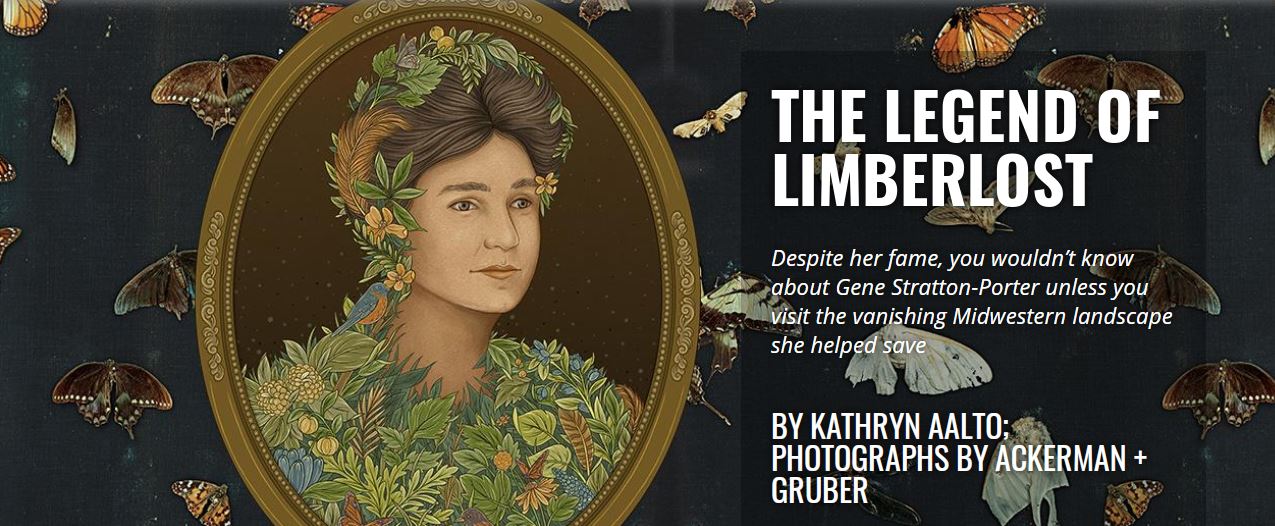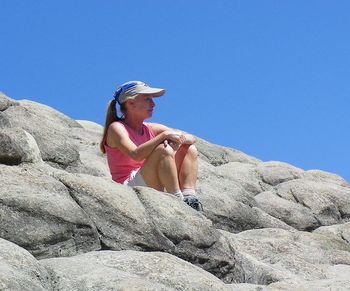 A spring cove on our lake. A few days after this photo was taken, there were two types of purple wildflowers and one yellow blooming boldly on the forest floor. I could not name any of them. Did I really see them? A spring cove on our lake. A few days after this photo was taken, there were two types of purple wildflowers and one yellow blooming boldly on the forest floor. I could not name any of them. Did I really see them? Recently I wrote that I now have two books in my “catalog.” As I worked on the second book, it frequently occurred to me what strange bedfellows they are: a first-person narrative by a still innocent 19-year-old naturalist driven to document the flora and fauna inhabiting his halcyon getaway; and an almost gritty tale of a man stripped of his innocence who leaves his home behind and wanders from one commercial/industrial area to another with hardly a nod to the natural world around him. I love to spend time outdoors, and I sometimes feel ill-at-ease in the city. I am the daughter of a naturalist, a scientist who could identify any specimen he encountered during an amble through the woods. I, however, was never disciplined enough to fully develop his prodigious skills. While I can identify many native woodland trees and common birds, the names of most wildflowers, grasses, and garden plants are a mystery to me. And I truly regret that I can’t recognize bird songs. For years I was certain that that shortcoming alone disqualified me from writing a novel. Successful fiction is full of lush details of blooming flowers and the bees hovering around them. Or a prairie of grass and the animals that live there. Or a midnight sky and the constellations that awe us. In “Seeing the World Around Us,” I mused about the importance of being able to name a thing for that thing to fully enter our consciousness. Without that ability, we are blind. We look past the diversity of life all around us. We come to consider ourselves the all-important foreground spotlighted against an indistinguishable background. I still believe that my deficiency seriously weakens my ability to provide the sensory details readers need to feel a place. The plants and critters who share our space define our world, perhaps even define a part of who we are, even if we can’t always recognize them. So when I had a story I just had to share with others, and a fictional narrative seemed the only way to tell it, perhaps I was fortunate that that tale largely unfolded in cities or confining indoor spaces—steamy kitchens, tiny apartments, the birthing bedroom. I stole a few opportunities to place my characters outside in the fresh air. In retrospect, it’s clear that my characters, like their creator, look outdoors when they are seeking balm for a troubled soul, or a place for reflection. I was reminded of my inability to fulsomely describe a lush plein air scene as I read a recent article in Smithsonian magazine, sent to me by my cousin Barbara, about an acclaimed “naturalist, novelist, photographer and movie producer” whose name I had never encountered: Gene Stratton-Porter, born Geneva Grace Stratton in Wabash County, Indiana, in 1863. Perhaps I’m showing my woeful education by admitting I was not familiar with her, since both Rachel Carson and Annie Dillard cite her as a keen influence. I have not read any of her work—fiction, nonfiction, or poetry—but I can only imagine the richness of the natural scenes she portrayed. Her intimate knowledge of the Limberlost wilderness she wrote about, gained during countless days exploring on horseback and waiting quietly for the perfect photo, must make her tales of plucky young girls and strong women come alive. Stratton-Porter evidently brought to her writing both my father’s ability to document the natural world and my desire to tell a personal story. She had both the scientist’s eye and the writer’s imagination. In addition, she had the patience of a photographer, willing to devote the time needed to capture the most arresting photo, and then to indulge in the careful writing necessary to relay that vivid image, and her human response to it, in words. Amid all her talents, Stratton-Porter most relished her simple sensory responses to the world she discovered while wandering outdoors: “Whenever I come across a scientist plying his trade I am always so happy and content to be merely a nature-lover, satisfied with what I can see, hear, and record with my cameras.” I, too, am a nature-lover, not an academic or a trained naturalist. As life seems to slow for all of us, perhaps this is the time I need to devote to not only admiring but learning to name the beautiful things that catch my eye and restore my soul. The author of the Smithsonian article, Kathryn Aalto—a landscape historian and garden designer, as well as an author of several books—is herself a master at describing natural detail. Her first paragraph immerses the reader in northeastern Indiana’s Loblolly Marsh Nature Preserve, a small part of the vast swamplands that Stratton-Porter spent her life documenting: “Yellow sprays of prairie dock bob overhead in the September morning light. More than ten feet tall, with a central taproot reaching even deeper underground, this plant, with its elephant-ear leaves the texture of sandpaper, makes me feel tipsy and small, like Alice in Wonderland.” Stratton-Porter also recognized early the danger of mankind’s desire to tame the land for our own use. As Aalto writes:
“Twenty years before the Dust Bowl of the 1930s, Stratton-Porter forewarned that rainfall would be affected by the destruction of forests and swamps. Conservationists such as John Muir had linked deforestation to erosion, but she linked it to climate change: “It was Thoreau who in writing of the destruction of the forests exclaimed, ‘Thank heaven they cannot cut down the clouds.’ Aye, but they can!...If men in their greed cut forests that preserve and distill moisture, clear fields, take the shelter of trees from creeks and rivers until they evaporate, and drain the water from swamps so that they can be cleared and cultivated, they prevent vapor from rising. And if it does not rise, it cannot fall. Man can change and is changing the forces of nature. Man can cut down the clouds.”
0 Comments
Your comment will be posted after it is approved.
Leave a Reply. |
Details
Archives
June 2023
Categories
All
|



 RSS Feed
RSS Feed